Tucked away in Tuscany’s rolling landscape lies Lucca – a place where Renaissance walls cradle narrow medieval streets, and the sound of opera drifts through centuries-old squares. Unlike Florence or Siena, this small city hasn’t been consumed by mass tourism, letting visitors experience authentic Italian life amid extraordinary history.
Here’s why Lucca should be your next Italian destination.
The Perfectly Preserved Walls
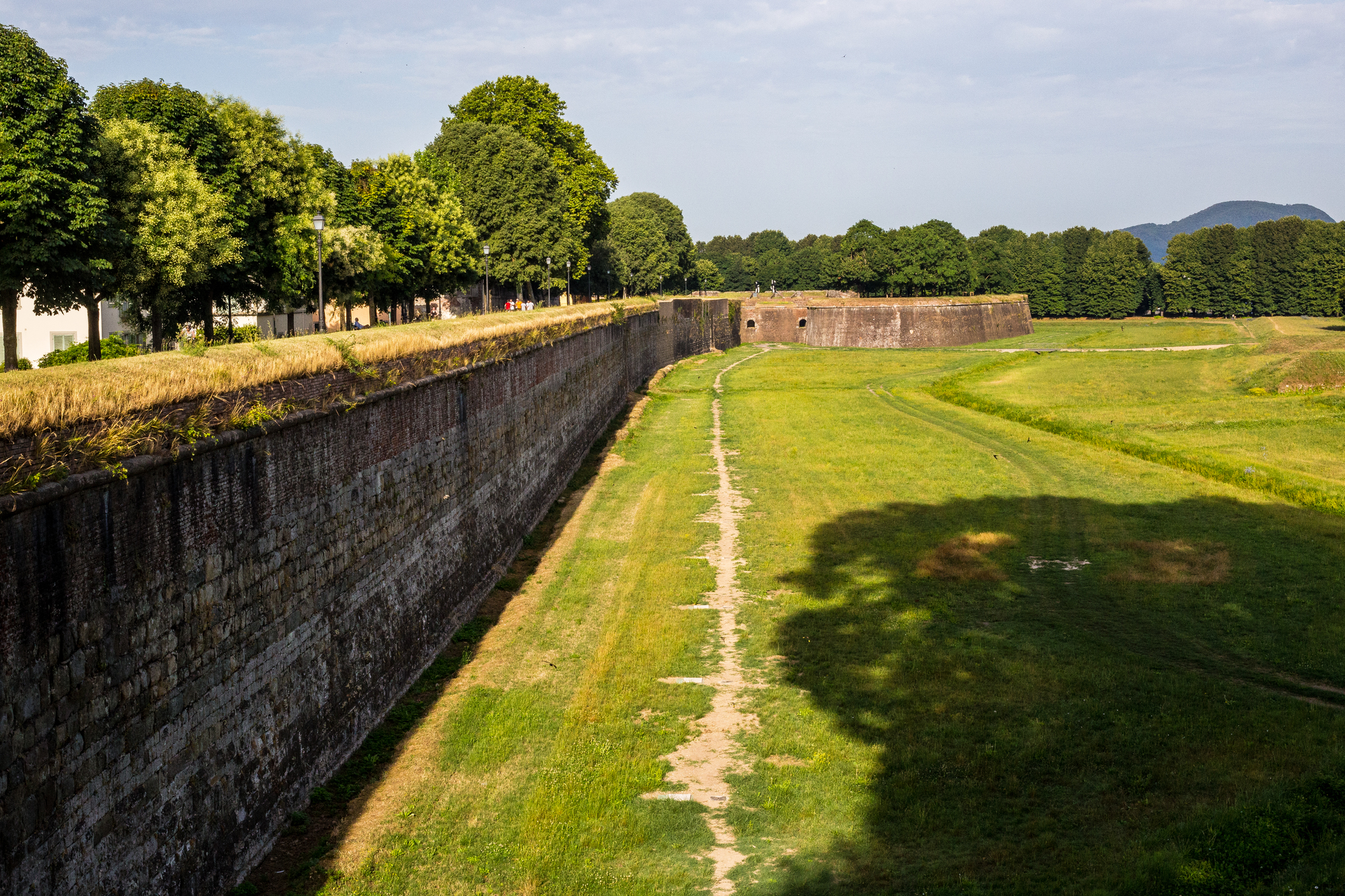
Most Italian cities tore down their defensive walls long ago, but Lucca held onto hers – and thank God for that. These massive 16th-century fortifications now serve as an elevated 2.5-mile park where locals and visitors stroll, jog, or cycle beneath chestnut and plane trees.
Unlike typical city walls that feel claustrophobic, Lucca’s ramparts are wide enough to drive a car on (though they’re blissfully car-free). Grab a rental bike near the entrance and pedal around the entire circuit in about 30 minutes, or take your time and stop at strategic bastions with benches overlooking terracotta rooftops on one side and Tuscan mountains on the other.
Piazza dell’Anfiteatro
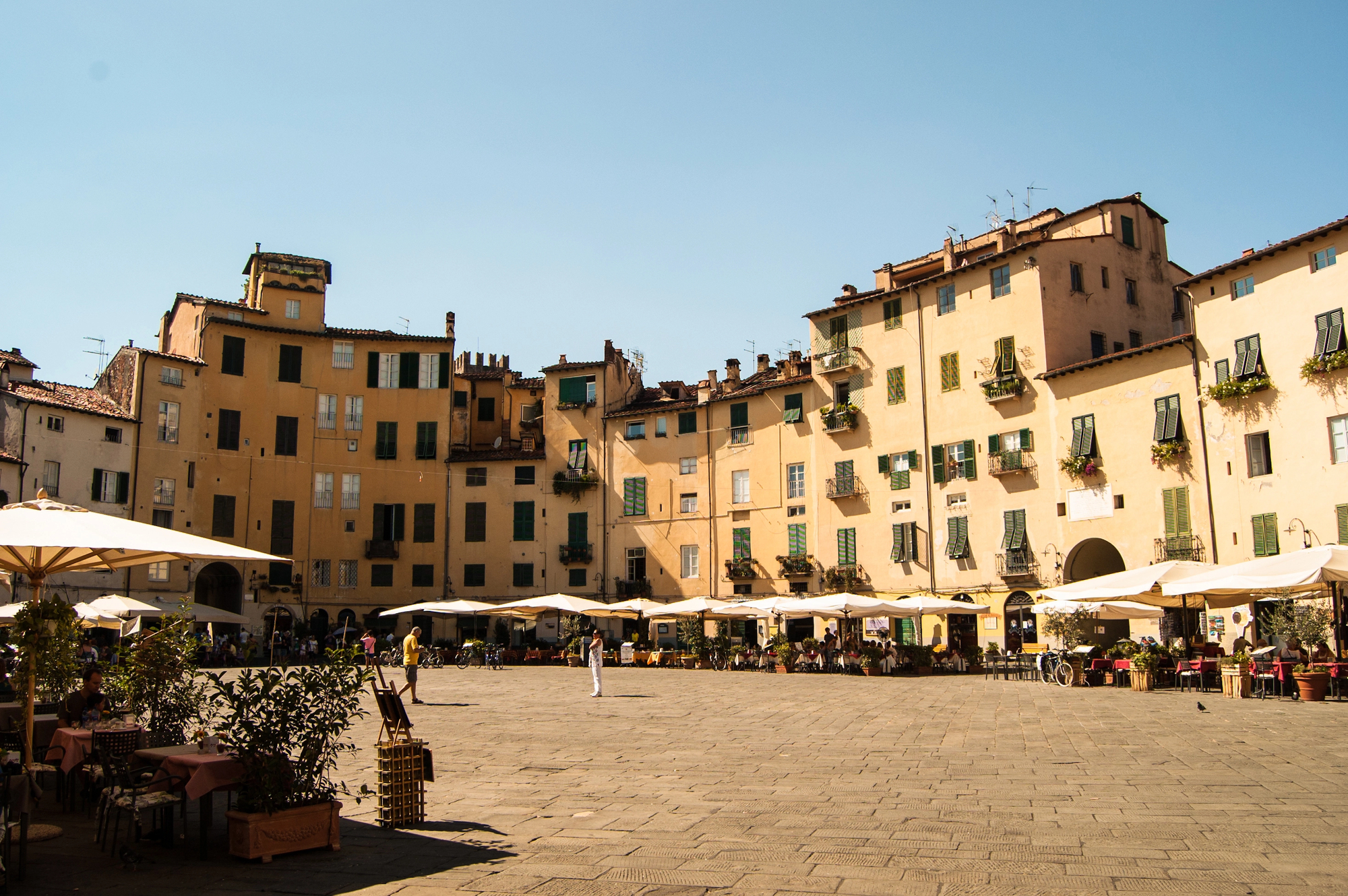
You’ll likely stumble upon this oval-shaped square by accident – which makes discovering it even more magical. Originally a Roman amphitheater where gladiators battled, this space transformed over centuries into a stunning public plaza.
Medieval buildings in warm yellows and pinks follow the elliptical curve where ancient spectator seats once stood. Today, it’s ringed with cafés and shops, creating what feels like an outdoor living room for the city.
Grab an Aperol Spritz at one of the restaurants, lean back, and watch Luccan life unfold against this extraordinary architectural backdrop.
Torre Guinigi
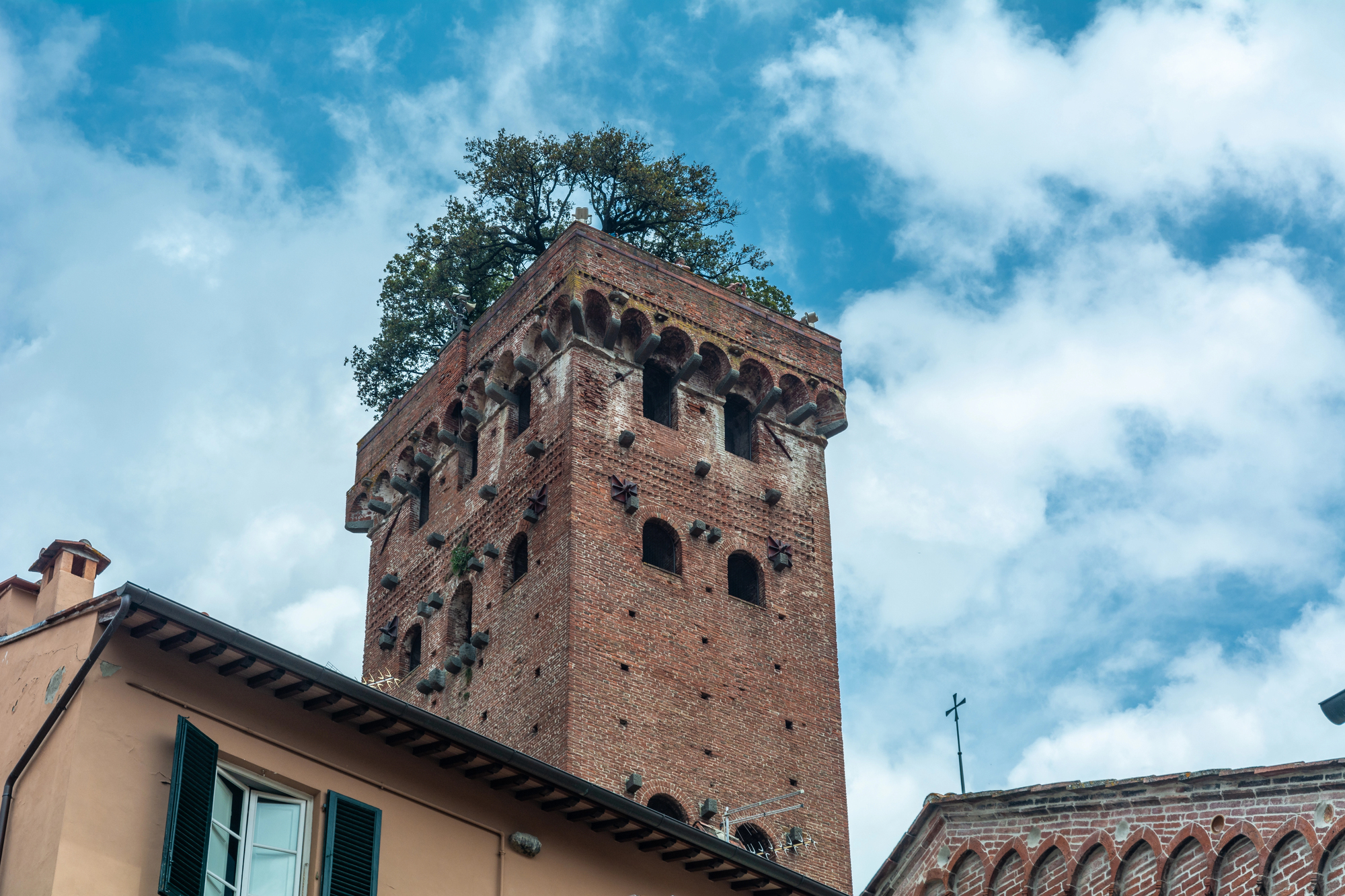
Climbing this 125-foot medieval tower rewards you with one of Italy’s most unusual views – ancient holm oak trees growing from the roof! The Guinigi family planted this mini-forest atop their tower in the 14th century as a symbol of rebirth, creating a bizarre and beautiful landmark that’s now Lucca’s most recognizable symbol.
The 230-step climb might leave you breathless, but emerging among leafy branches with panoramic views across the city makes every step worthwhile. From up here, you can spot the geometric grid of Roman streets still perfectly preserved in Lucca’s layout.
Like Travel Pug’s content? Follow us on MSN.
The Cathedral of San Martino
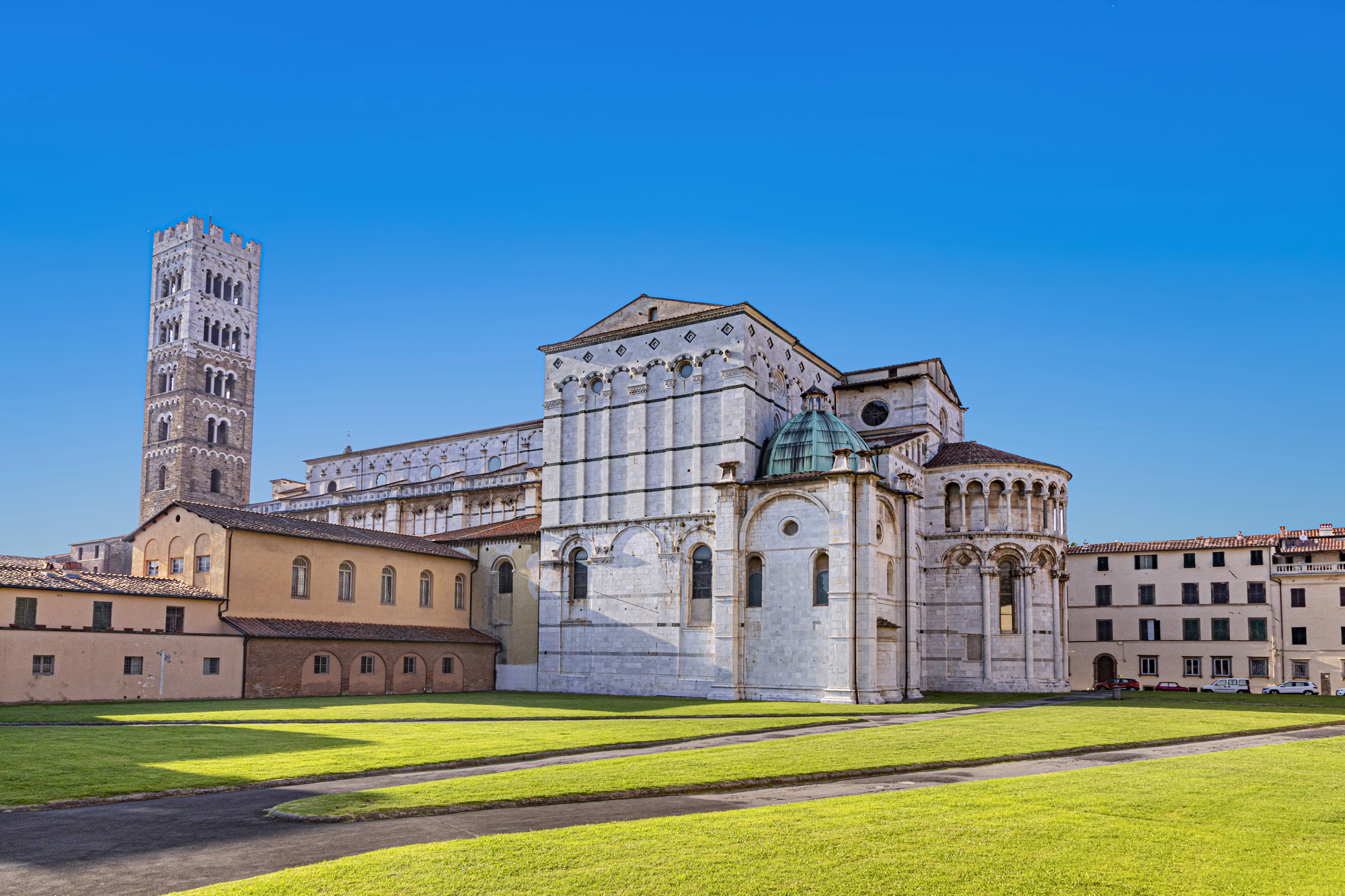
Duck into this striped marble cathedral to discover an artistic treasure that rivals anything in Florence – the tomb of Ilaria del Carretto, carved by Jacopo della Quercia in 1406. This exquisite marble effigy portrays a young noblewoman who died in childbirth, with her faithful dog resting eternally at her feet, waiting for a mistress who will never awaken.
The sculpture’s tender humanity stops visitors in their tracks. Elsewhere in the cathedral, don’t miss the Volto Santo – a wooden crucifix supposedly carved by Nicodemus, who witnessed the crucifixion. Every September, a candlelit procession draws thousands to honor this sacred relic.
Giacomo Puccini’s Legacy
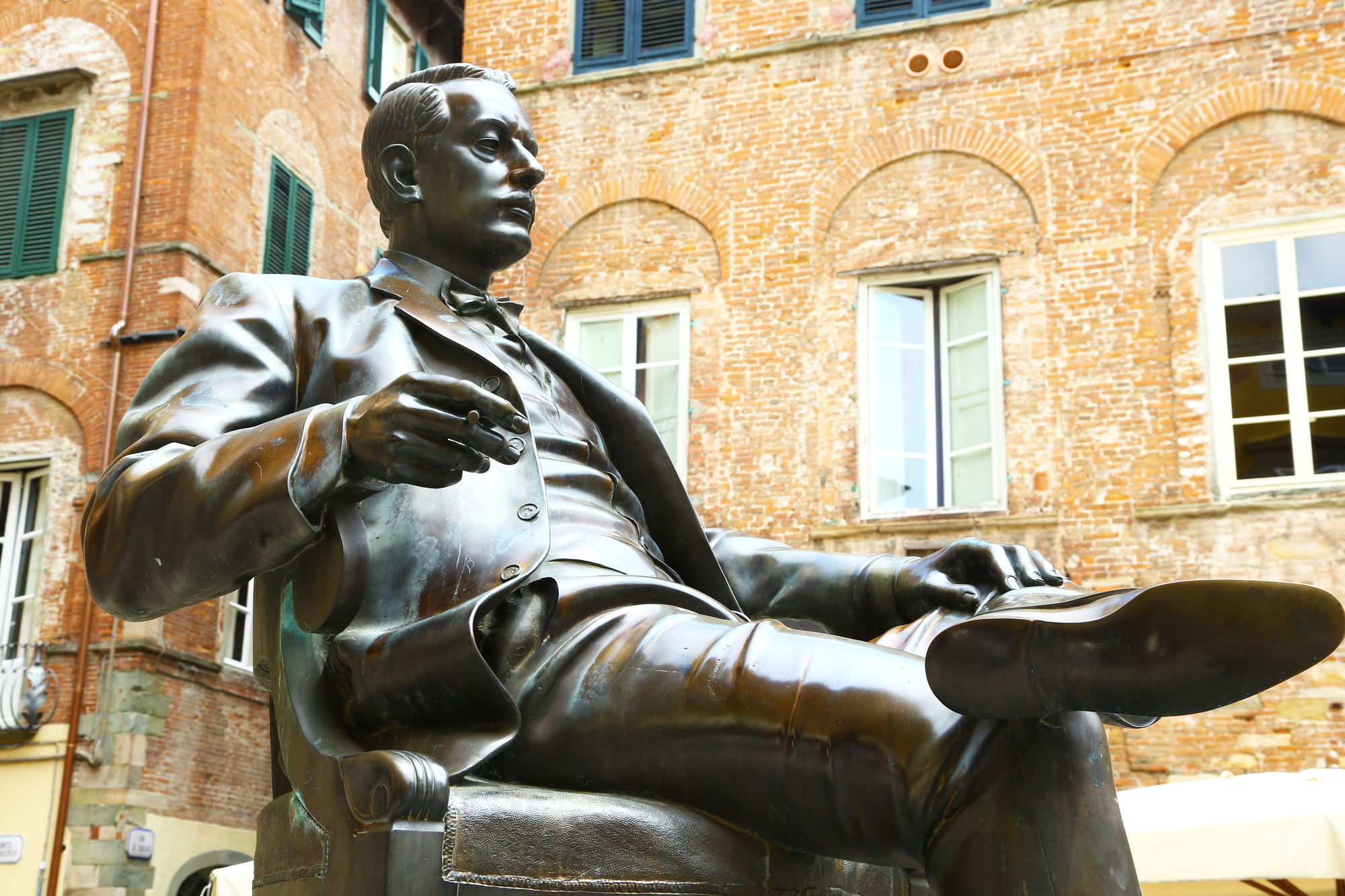
Opera lovers, prepare to get goosebumps. Lucca is the birthplace of Giacomo Puccini, composer of La Bohème, Madama Butterfly, and Tosca. His childhood home in Corte San Lorenzo now serves as a small museum filled with original manuscripts, his piano, and personal belongings.
Even better, several churches offer intimate evening concerts featuring his arias, letting you experience these emotional masterpieces in atmospheric settings where the composer himself once played the organ. In summer, catch outdoor performances in Piazza Cittadella beneath Puccini’s bronze statue, which seems to approve of musicians carrying his legacy forward.
Via Fillungo
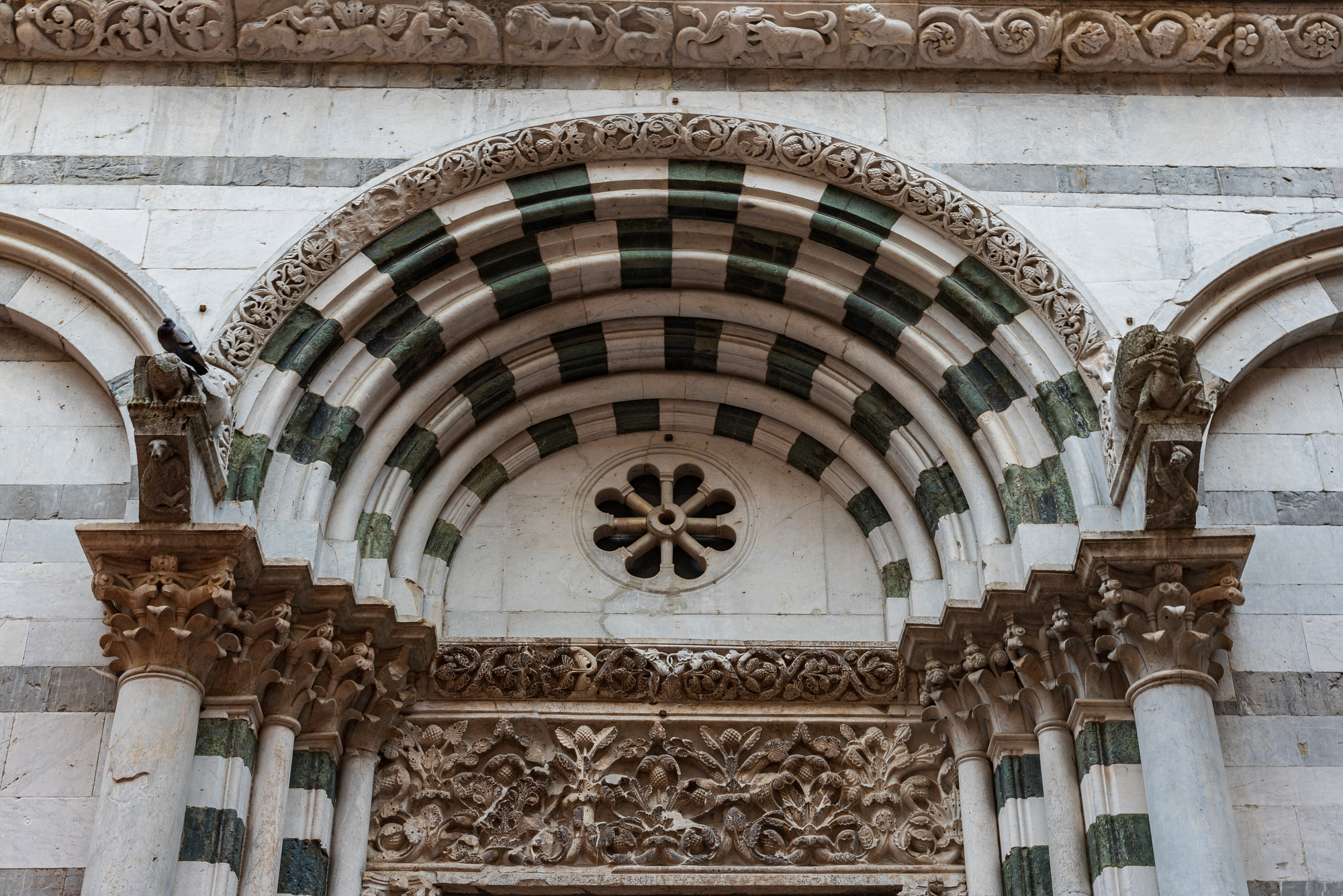
This serpentine shopping street forms Lucca’s vibrant spine, where medieval tower-houses and Renaissance palaces have been transformed into boutiques, cafés, and gelaterie. Unlike Florence’s designer-clogged streets, Via Fillungo retains authentic character with family-run shops that have operated for generations.
Stop at Pasticceria Taddeucci, where the same family has been baking the city’s signature sweet – buccellato (an anise-flavored bread) – since 1881. The street buzzes with locals running errands and catching up with neighbors, letting you slip into the rhythm of everyday Italian life rather than battling fellow tourists.
Like Travel Pug’s content? Follow us on MSN.
Piazza San Michele
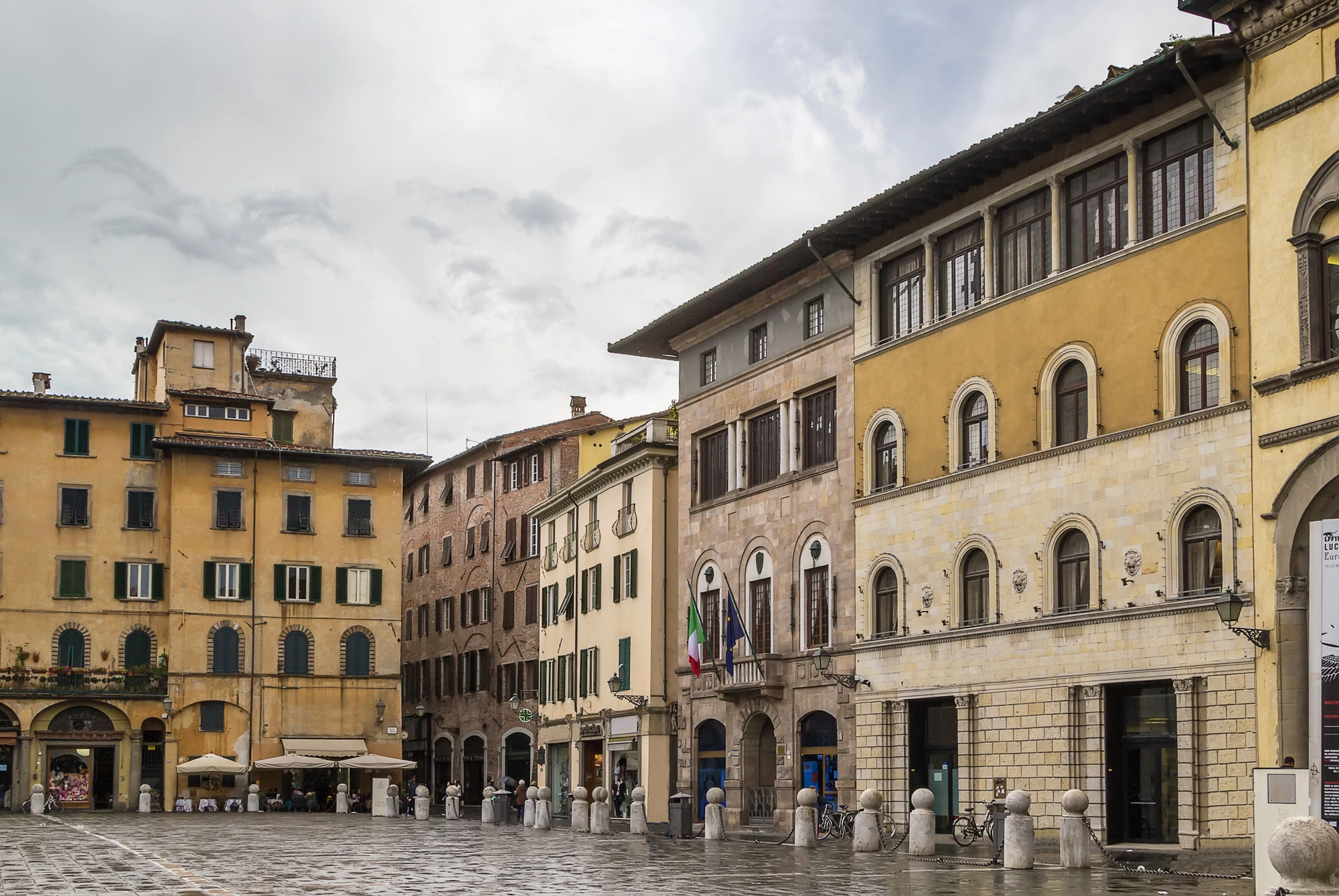
This square marks Lucca’s heart, both literally (it sits at the intersection of ancient Roman roads) and figuratively, as residents gravitate here throughout the day. The piazza’s crown jewel is San Michele in Foro church, whose elaborate façade rises tier upon marble tier, topped by a massive winged archangel.
Look closer at the columns – each is different, with fantastical creatures and intricate patterns that medieval stonecutters spent lifetimes perfecting. The café chairs spilling across the square offer perfect people-watching opportunities while church bells mark the passing hours just as they have for centuries.
Botanical Garden
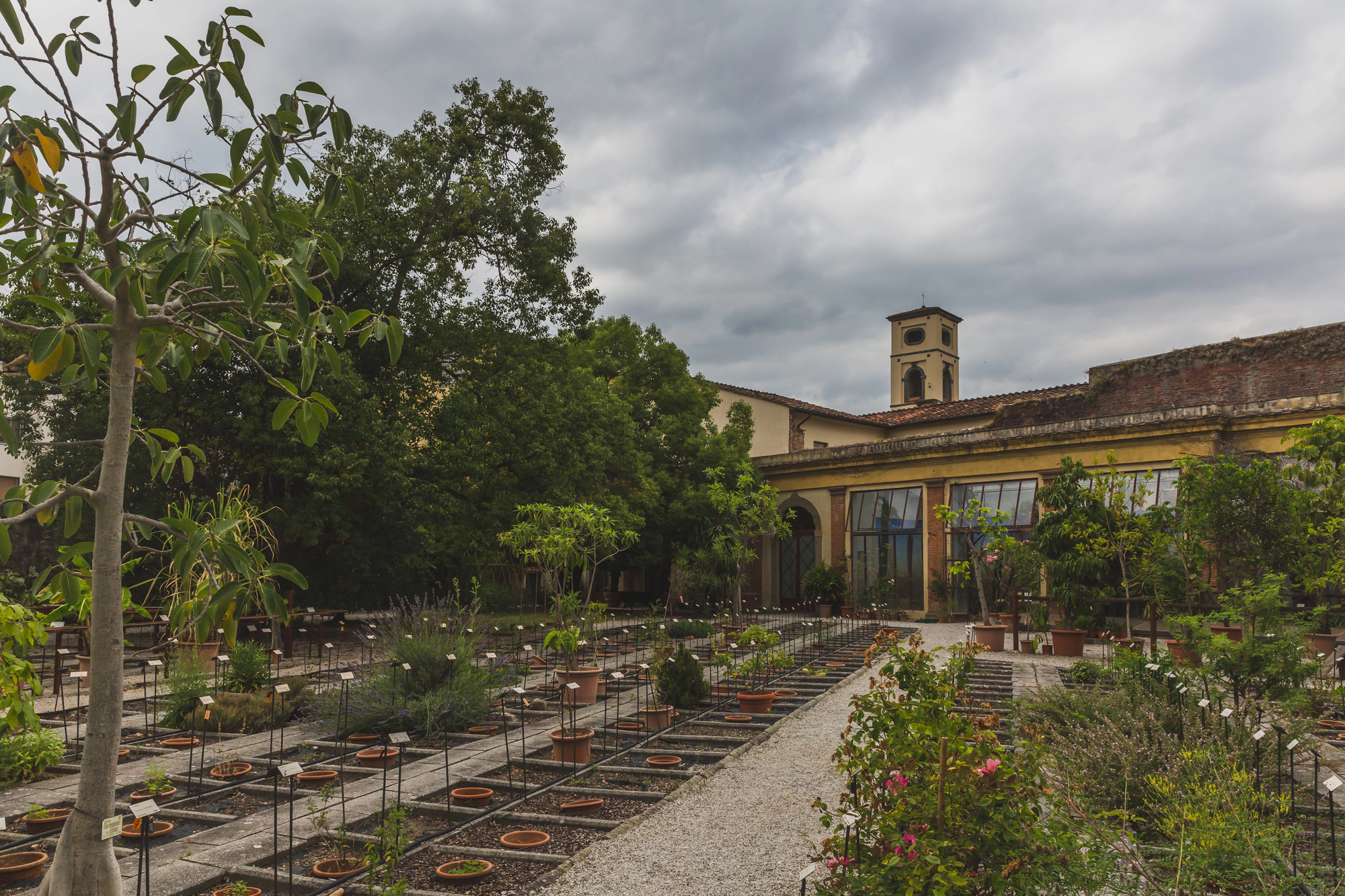
When summer heat blankets Tuscan stone streets, this shaded garden offers cool respite. Created in 1820, the Orto Botanico packs remarkable diversity into its compact grounds – from a pond with aquatic plants to an arboretum with species from around the world.
The atmospheric greenhouse still contains some original 19th-century specimens. What makes this garden special isn’t botanical rarity but the sense of stumbling upon a secret – most tourists never find it, leaving its pathways peaceful even in high season.
Bring a book, find a bench, and savor the stillness.
Palazzo Pfanner
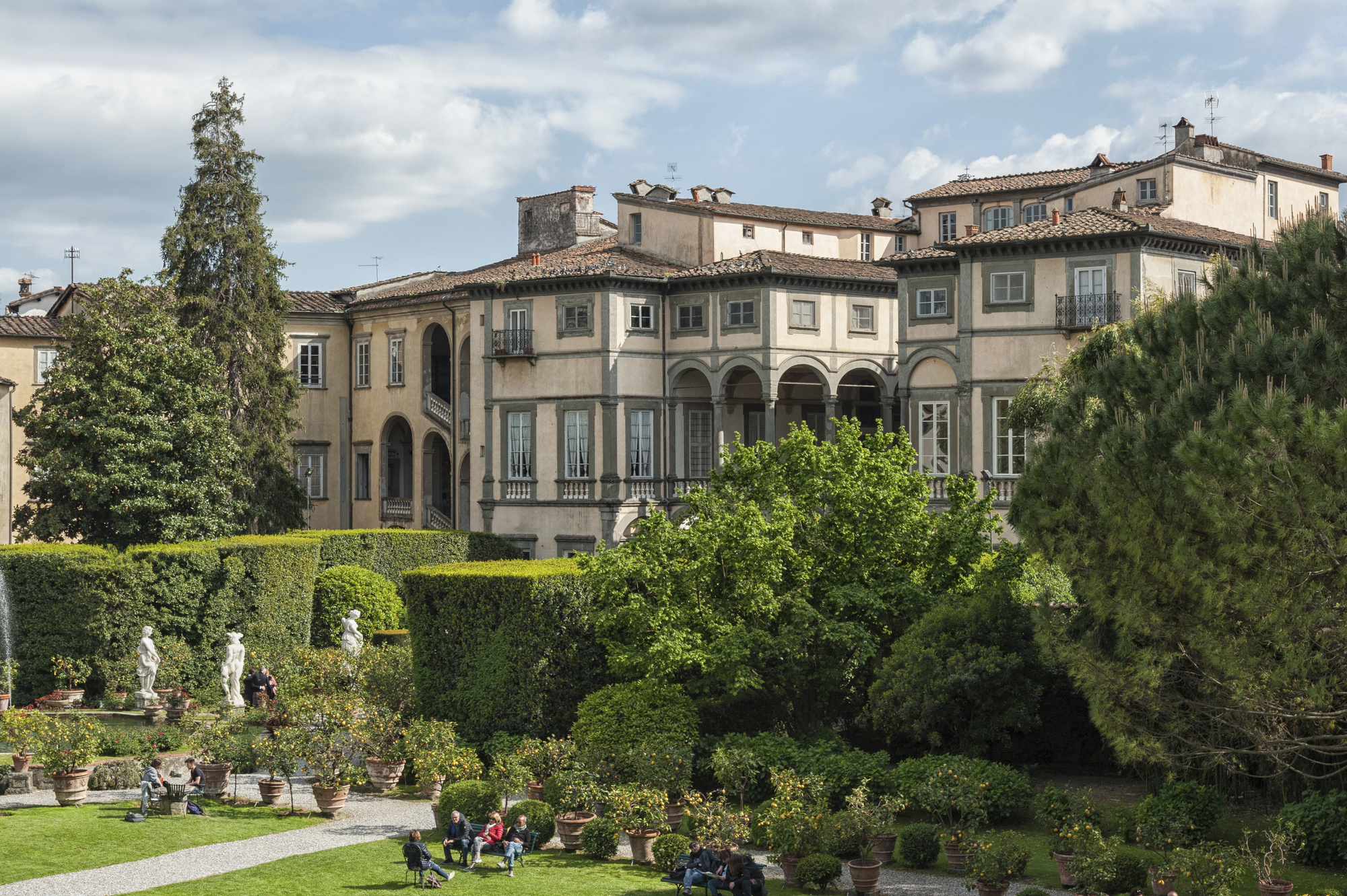
This 17th-century palace offers a glimpse into aristocratic life through perfectly preserved rooms filled with period furniture, paintings, and medical instruments (the Pfanner family produced several prominent physicians). But the true star is the Baroque garden with symmetrical beds, ornamental citrus trees, and mythological statues reflected in tranquil pools.
Scenes from Jane Campion’s film “Portrait of a Lady” were shot here, and you’ll understand why immediately – few settings capture faded Italian elegance so completely. Visit early morning when slanting light illuminates the garden’s statuary to magical effect.
Like Travel Pug’s content? Follow us on MSN.
Cycling Paradise
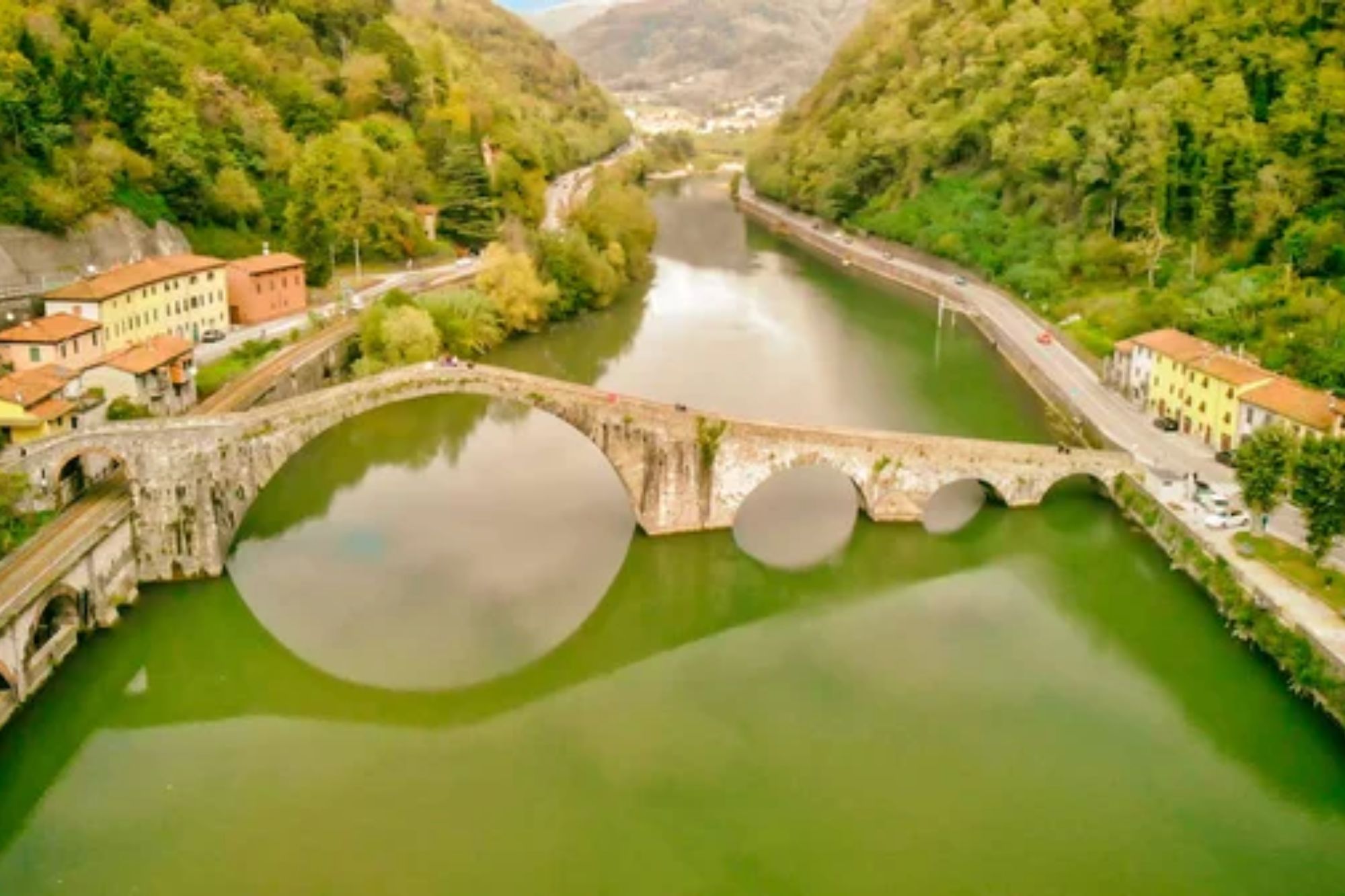
Lucca sits in a valley ringed by hills and mountains, making it ideal for cyclists of all abilities. Leisure riders can follow the flat paths along the Serchio River, while serious pedalers tackle the same challenging routes where professional teams train year-round.
Several shops rent quality bicycles and offer guided excursions through surrounding olive groves and vineyards. The area’s cycling culture peaks during L’Eroica, a vintage bike event where participants ride pre-1987 bicycles while dressed in wool jerseys and leather helmets – pure Italian style even in athletic pursuit.
Culinary Treasures
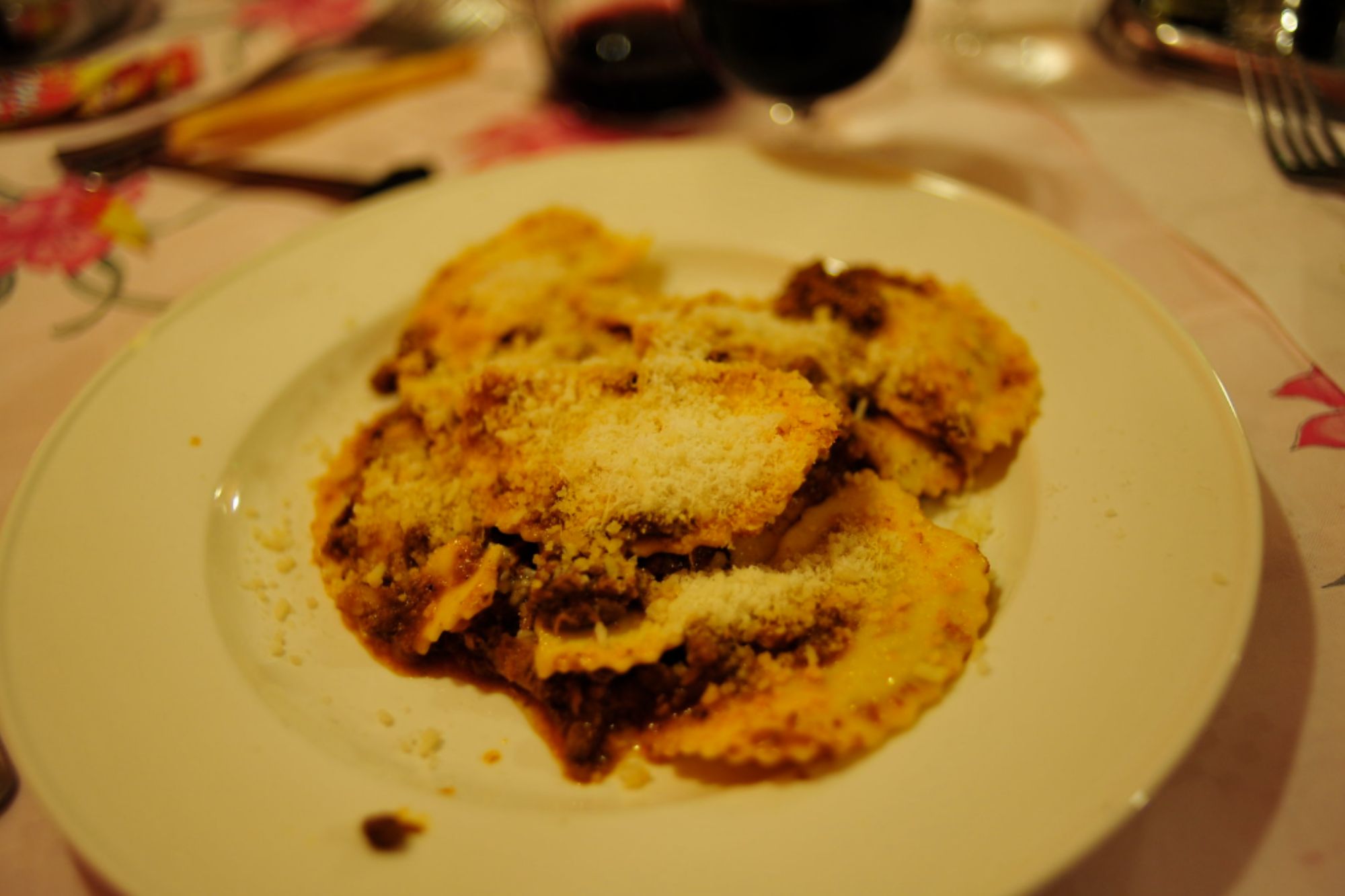
Lucca’s cuisine remains deliciously provincial, focusing on what comes from nearby farms rather than catering to international palates. Try tordelli lucchesi – plump pasta parcels stuffed with meat, cheese and chard in rich ragù – or zuppa alla frantoiana, a robust soup featuring whatever vegetables are freshest that day.
Locals love their simple garlic bread called bóva, rubbed with garlic and olive oil and then grilled. Most restaurants serve olive oil pressed from groves visible from the city walls, creating a culinary terroir you can literally see.
Unlike Florence or Siena, you’ll rarely hear English in Lucca’s trattorias – a good sign you’re eating where Luccans eat.
Puccini Festival at Torre del Lago
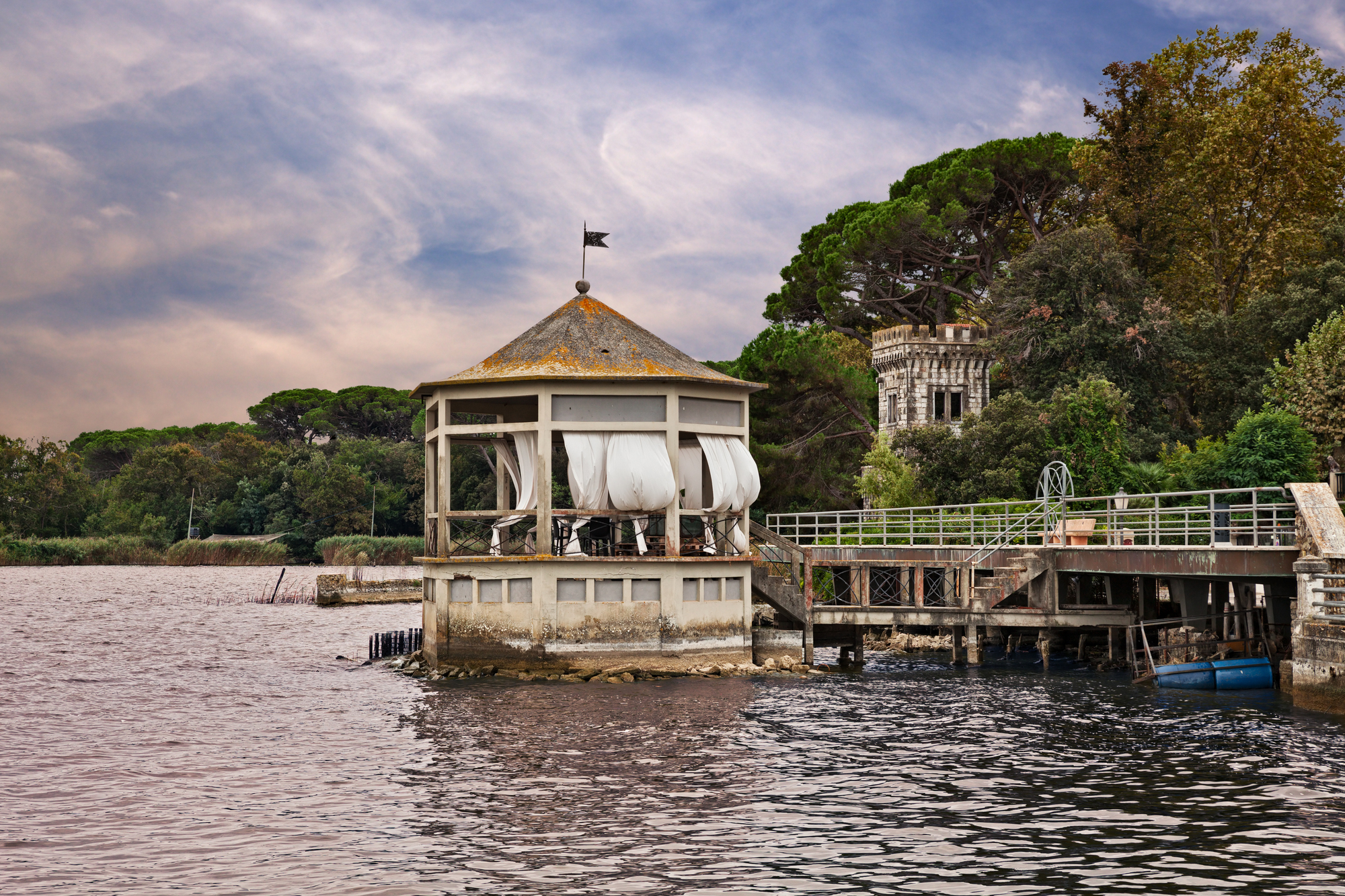
Just 25 minutes from Lucca sits Torre del Lago, where Puccini composed many masterpieces in his lakeside villa. Each summer, an open-air theater beside Lake Massaciuccoli hosts performances of his operas in a setting the composer himself would recognize.
Watching Madama Butterfly while actual butterflies flit through spotlights and the lake shimmers behind performers creates an experience that even opera skeptics find moving. Combine a performance with dinner in the villa where Puccini worked – now a museum by day and an exclusive restaurant on performance evenings.
Like Travel Pug’s content? Follow us on MSN.
Wines of the Colline Lucchesi
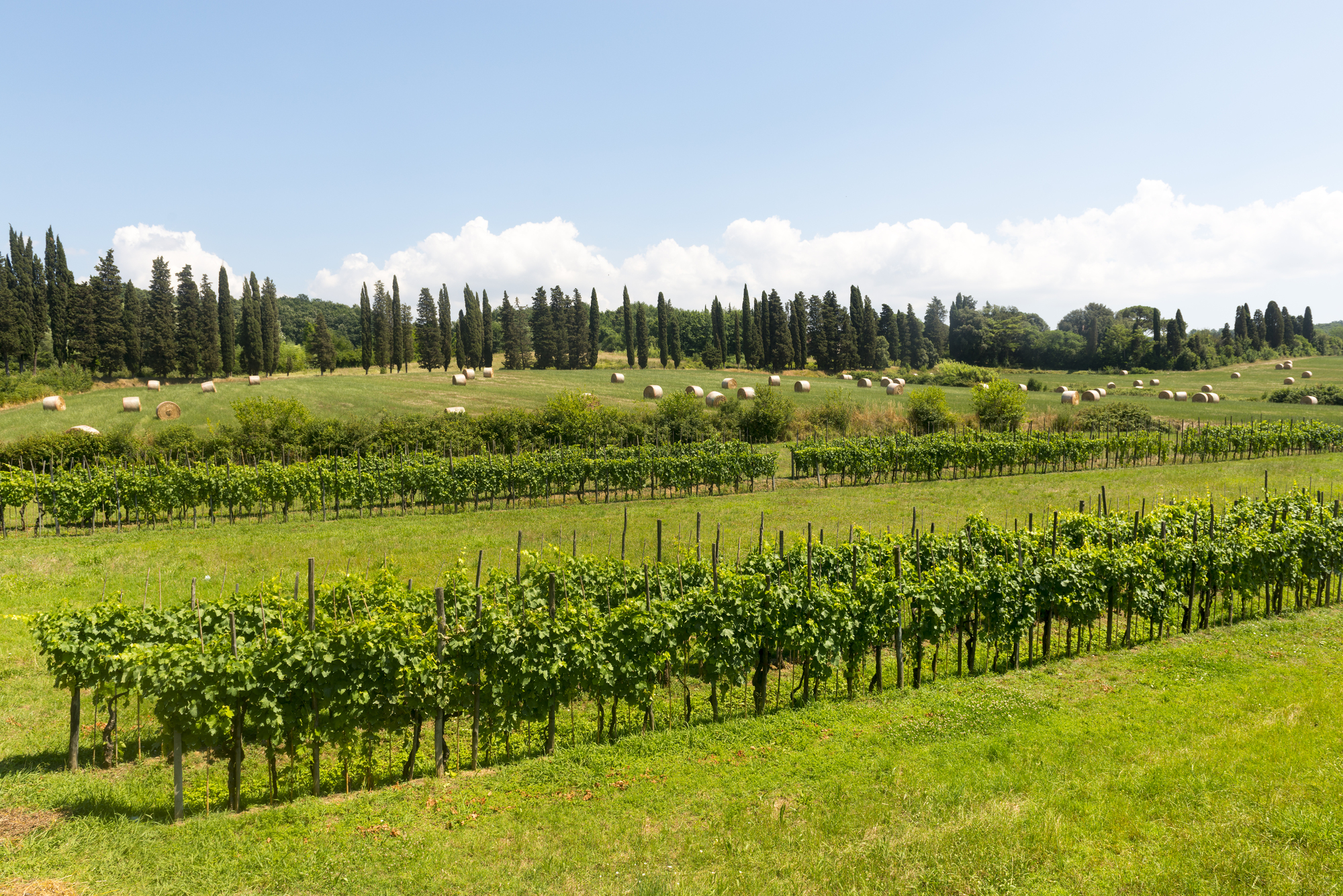
The gentle hills surrounding Lucca produce distinctive wines that rarely leave the region – making them delightful discoveries for visitors. Small family vineyards welcome guests for tastings of Colline Lucchesi DOC wines, particularly interesting for their unusual blends that sometimes incorporate forgotten grape varieties.
The microclimate creates whites with surprising minerality and reds with soft tannins that perfectly complement local cuisine. Several vineyards maintain Renaissance villas where you can sample wines in the same rooms where Medici nobles once entertained, connecting past and present through viticulture traditions spanning centuries.
Comics and Games Festival
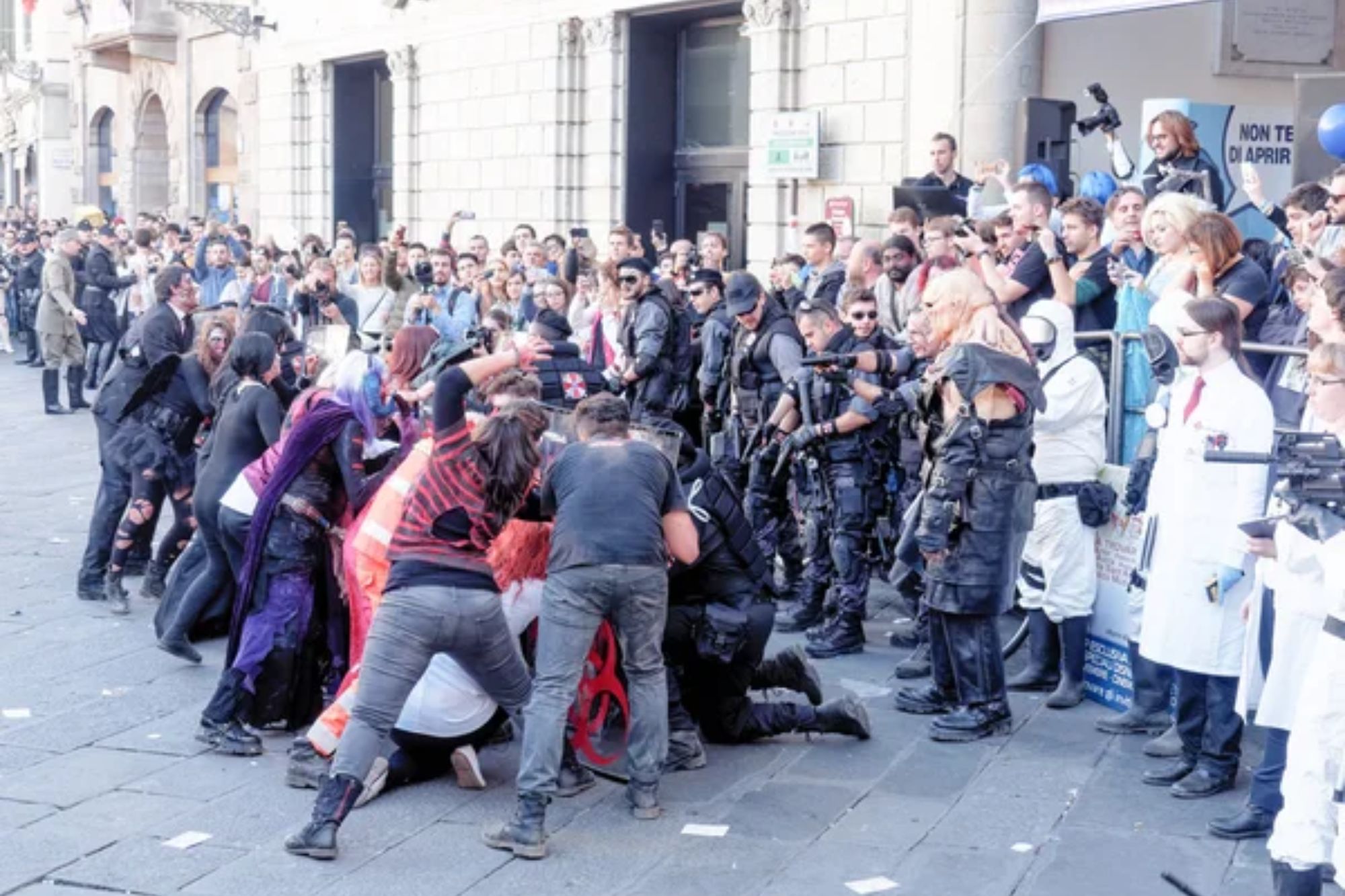
For one week each October, Lucca transforms into Europe’s largest celebration of comics, games, and cosplay. Lucca Comics & Games takes over the entire walled city, with medieval buildings hosting cutting-edge digital gaming exhibitions and Renaissance squares filled with fantasy characters.
The contrast between ancient architecture and futuristic entertainment creates surreal scenes – Storm Troopers posing beside 12th-century church doors or anime characters dancing in piazzas where Dante once walked. Even if comics aren’t your passion, the festival’s energy and creativity make it worth planning a visit around these dates.
Day Trips to Cinque Terre
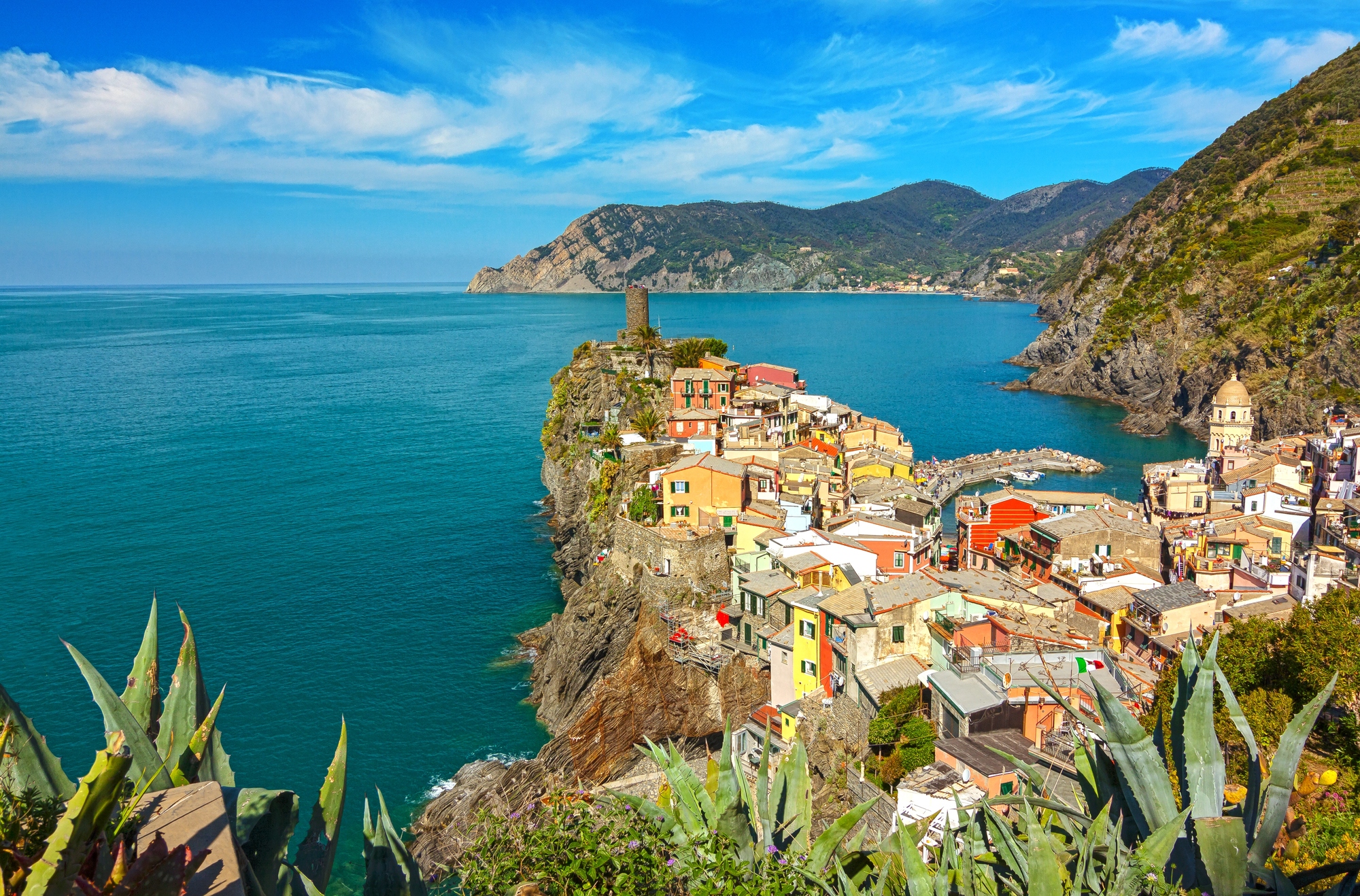
Lucca’s strategic location makes it perfect for exploring wider Tuscany while avoiding tourist-clogged bases like Florence. The colorful fishing villages of Cinque Terre lie just 90 minutes away, allowing day-trippers to hike between cliffside communities and return to Lucca’s relative tranquility by dinner time.
Unlike staying in the Cinque Terre itself, which means dealing with cruise ship crowds and limited accommodation, basing yourself in Lucca offers breathing room while keeping these iconic villages within easy reach. Early trains get you there before most day-trippers arrive, letting you experience morning light on pastel buildings with fewer photobombers.
Like Travel Pug’s content? Follow us on MSN.
Villa Reale Gardens
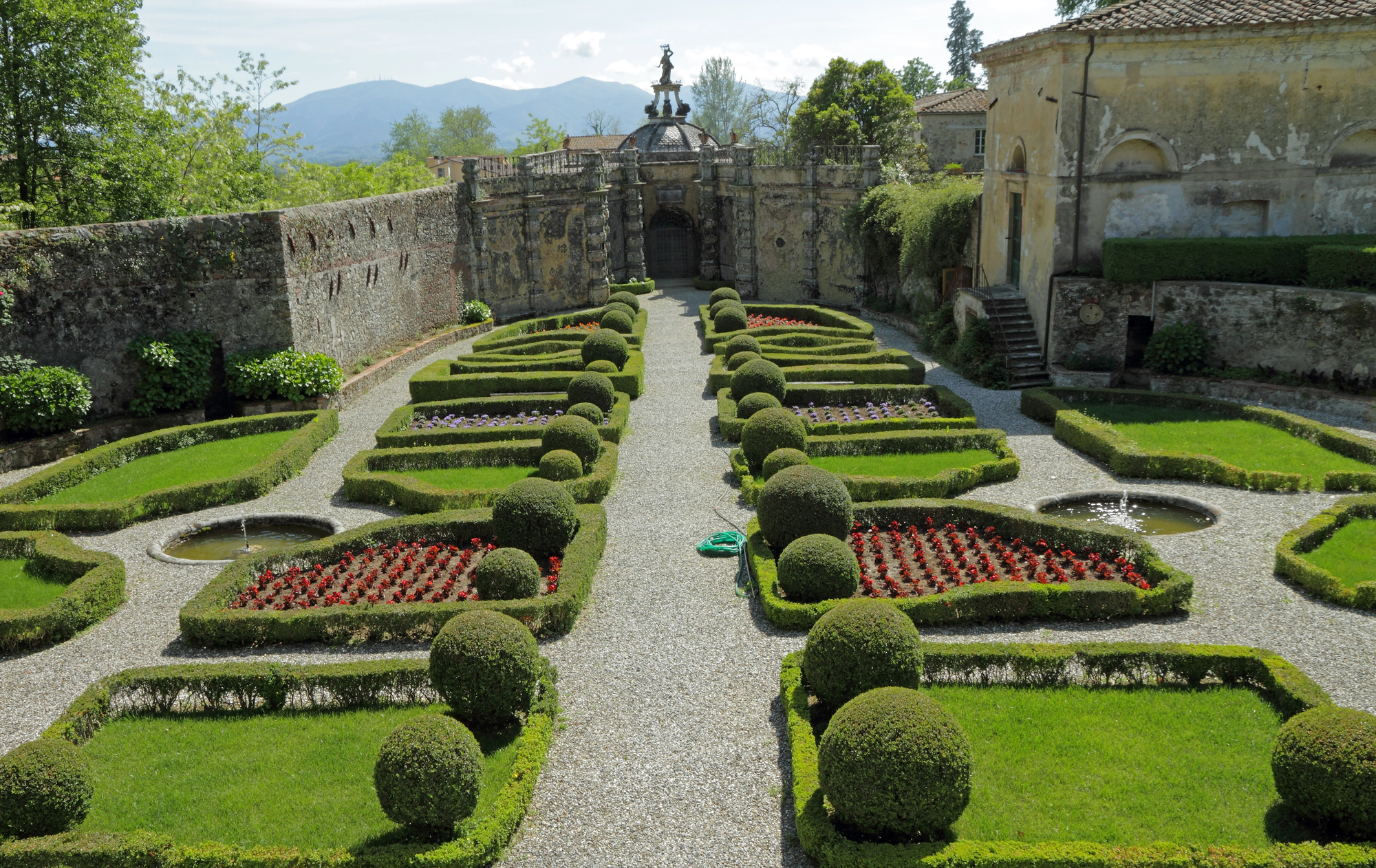
Just outside Lucca’s walls, the sprawling gardens of Villa Reale showcase three centuries of landscape design. Originally created for Napoleon’s sister, Elisa Bonaparte, these gardens blend English romantic style, Italian formality, and exotic botanical collections.
The Teatro di Verdura – a theater formed entirely from sculpted hedges – hosts summer concerts where music mingles with the scent of box and jasmine. Water features include a camellia-lined stream and reflecting pools that capture the surrounding hills.
Though the villa itself has limited access, the gardens alone justify an afternoon’s exploration.
Lucca Summer Festival
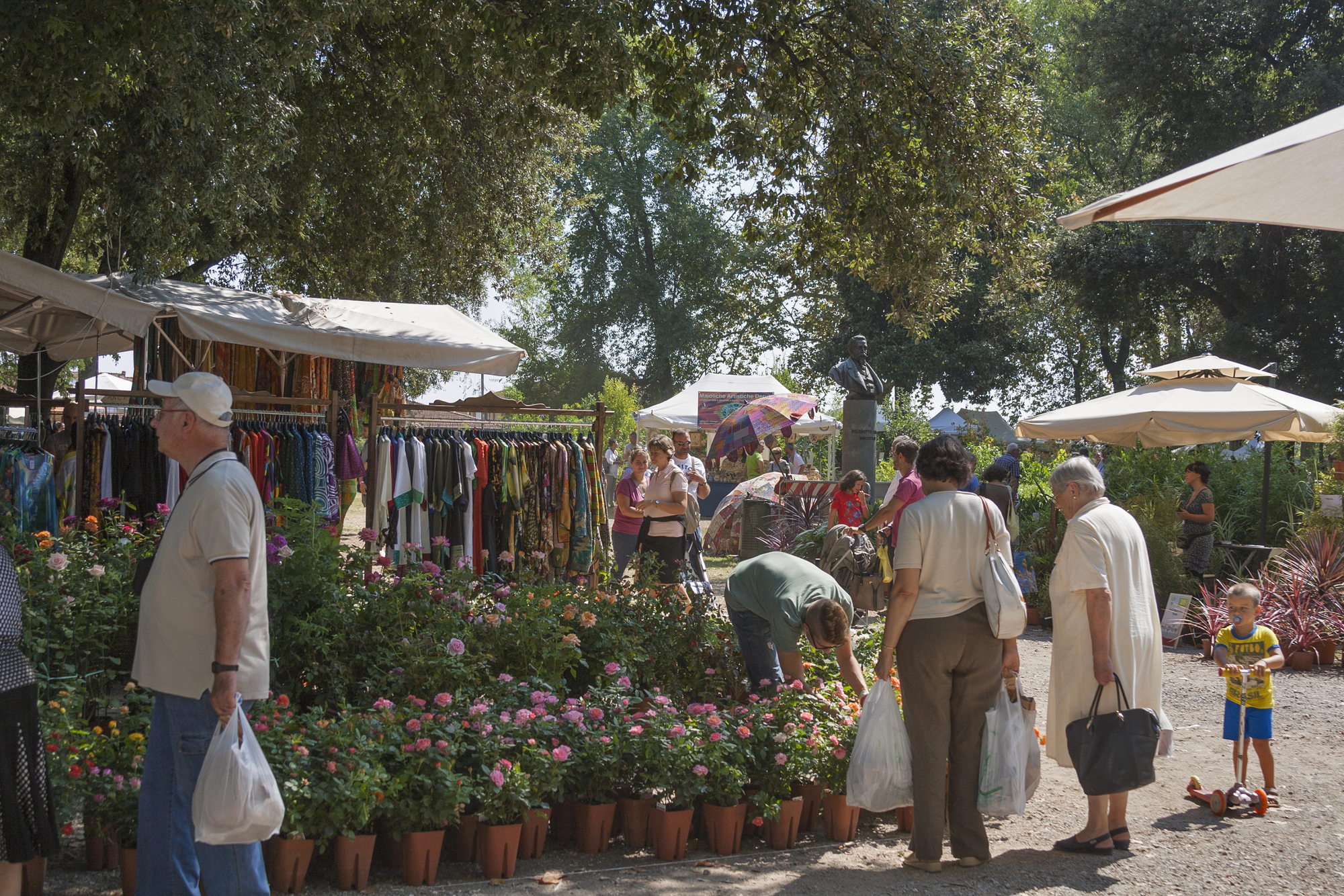
For a small city, Lucca attracts remarkably big musical names during its summer festival. Past performers have included Bob Dylan, Elton John, and Ennio Morricone, who play in Piazza Napoleone under warm Tuscan night skies.
The natural acoustics of the walled city amplify performances, while historic buildings create an atmospheric backdrop unlike any purpose-built venue. Concerts typically start late, following Italian dining schedules, and often spill into impromptu after-parties in nearby streets and squares.
Even without tickets, the festival energizes the entire city with pre-concert aperitivos and music-themed exhibitions.
The Authentic Tuscan Experience
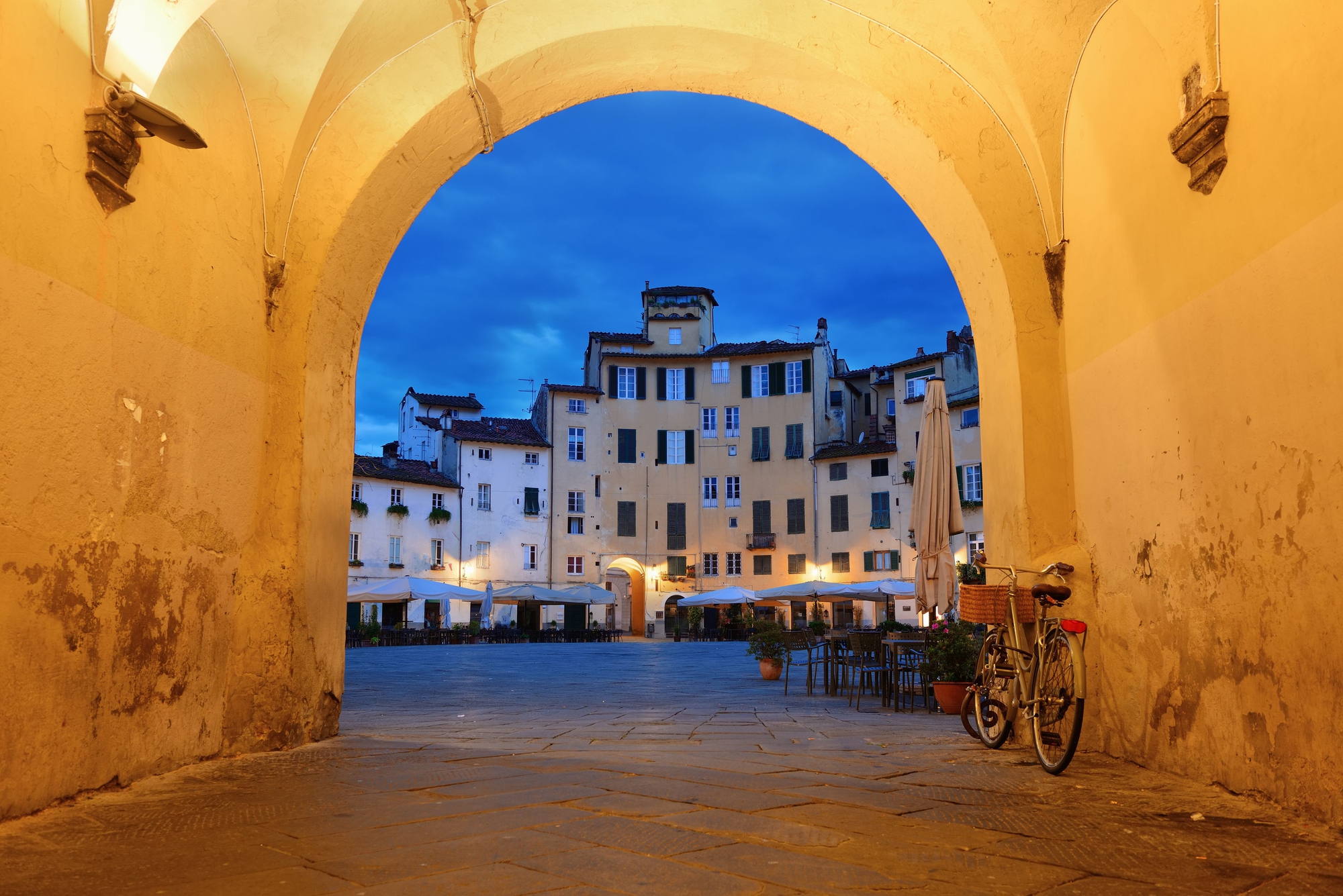
Perhaps Lucca’s greatest charm lies in what it isn’t – it’s not overrun by tour groups, not plastered with souvenir shops, not performing “Italian-ness” for visitors. Instead, it remains a living city where residents go about daily life amid extraordinary beauty they sometimes take for granted.
You’ll see children riding bikes to school beneath medieval towers, elderly men debating politics in centuries-old squares, and families gathering for Sunday lunch in restaurants where grandmother’s recipes remain unchanged. By choosing Lucca over more famous destinations, you experience the Tuscany that Tuscans themselves treasure – authentic, unrushed, and genuinely welcoming to those who appreciate its subtle charms.
More from Travel Pug

- Cities Growing so Fast You Won’t Recognize Them in 10 Years
- 13 Destinations Where Tourists Regularly Regret Their Trip
- 16 U.S. Cities That Are Quietly Becoming Travel Hotspots
- Where to Travel If You Love Long Bus Rides and Daydreams
- 20 Cities Perfect for Solo Travelers Who Crave Adventure & Culture
Like Travel Pug’s content? Follow us on MSN.
